Ahead of a performance at Wigmore Hall, the violinist examines her musical and personal connections to four pieces by significant composers
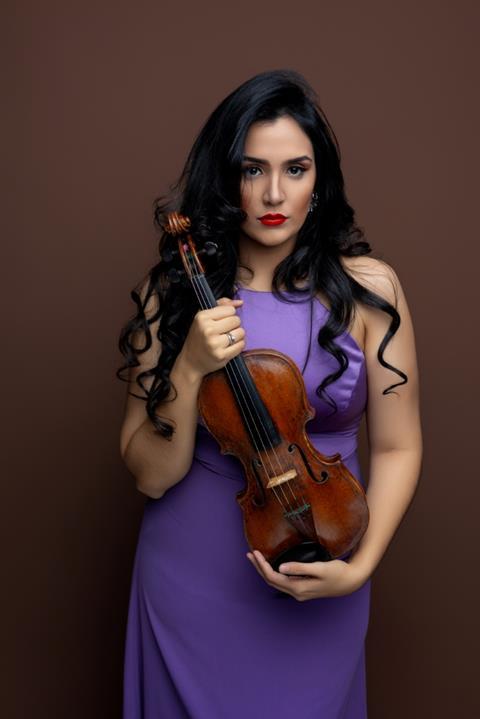
Discover more Featured Stories like this in The Strad Playing Hub
’We do not ask any special favours as artists because of our race. We only want to present to you our works and & ask you to judge them on their merits’ - Augusta Savage.
When approached to perform in Wigmore Hall’s African Concert Series, I was delighted to choose a recital programme that includes three suites that vary greatly in terms of musical language but have a common expression of strength and boldness tying them together. I also wanted to reflect part my own heritage – my mother is from the Dominican Republic with Irish and African roots, my father’s family are from Pakistan and India, pre-partition and I was born in the DR, later moving to the UK as a 13-year-old upon attending the Yehudi Menuhin School.
William Grant Still: Suite for Violin and Piano
Written in 1943, this suite takes inspiration from works of art in the form of sculptures. Initially drawing me in because of the theme of motherhood (I am a mother of two little ones), the second movement is inspired by the sculpture by Sargent Johnson Mother and Child. I remember the comfort and desperation I felt simultaneously when I performed it at Carnegie Hall some years ago and I had just left my firstborn who was one year old back then at home with my own mother to be able to tour.
The first movement of the Suite is called ‘African Dancer’ and it is inspired by a sculpture with the same name by Richmond Barthé which captures the strength and confidence the act of dancing provides. Musically speaking, it’s considered a conservative piece for the 20th century.
The final movement, inspired by sculpture Gamin by Augusta Savage (which was a career defining work for her), takes a bust by a young sculptor and places it firmly in the world of the blues. The carefreeness of the figure is taken up by the violin in a way that captures the freedom of the youth back in 1920’s Harlem but in a dignified manner.
Each movement brings us the classical three-movement Fast-Slow-Fast tempo changes, but in an innovative way.
Florence Price: Adoration
As a woman of colour, Price went through countless struggles in the quest to avoid racial discrimination directed toward African Americans.
As a woman of colour with a diverse cultural background, I believe that music serves a higher purpose straddling all cultures. Above all, differences of background of all kinds, should not handicap our potential but unfortunately, barriers still exist due to place of birth, socio-economic circumstances or any other host of issues. I was fortunate to became the first Latina musician to be educated at the Menuhin School when I came to the UK for the first time at age 13.
Playing this work makes me reflect on my identity and how I can work to bring music to those who might not otherwise have access. This motivation inspired me to chair my own foundation Music for Life and bring the joy of music to people outside the concert hall whether in hospitals, orphanages or schools. I’m so delighted to be returning to the Royal Hospital for Neuro-Disability next week while I’m in London. It is these moments which I find most rewarding as a musician.
My faith as a Christian is a guiding force in every aspect of my life and music making, so it’s no surprise that I am drawn to Florence Price’s Adoration which was initially written as a short piece for organ and published in 1951, intended for performance in church. This work is a beautiful example of Price’s unique style, weaving together African American colours with European classical traditions.
Wynton Marsalis: Fiddle Dance Suite
I felt a connection straight away to jazzman Wynton Marsalis’ Fiddle Dance Suite through my mother’s Irish roots. My mother is in no way a classical music aficionado but the first time she heard the 2nd movement of the suite ‘As the Wind Goes’ she was positively impressed. The work is a blend of traditional reels, baroque, and jazz.
Wynton wrote about each movement of the suite but here is an extract about the third movement which encapsulates parts of my identity:
’3. Jones’ Jig – the Irish Jig, the African 6/8 bell pattern, the shuffle rhythm of jazz and the drum style of Elvin Jones all play around with the relationship of 3 in the time-space of 2. The juxtaposition, negotiation and reconciliation of these opposing rhythmic perspectives create interesting musical relationships all over the globe.’
It is enormous fun to play, especially with the foot stamping in the last movement, so I have decided to play this piece next week to primary school children in Brixton supported by the amazing charity Music Masters whose aim is to foster cultural diversity in classical music.
This suite is dedicated to wonderful artist Nicola Benedetti. Although not at the same time, Benedetti and I shared the same teachers, Natasha Boyarsky and Loutsia Ibragimova at the Menuhin School.
Samuel Coleridge-Taylor: Petite Suite de Concert
Born to an English mother and a father from Sierra Leone, Coleridge-Taylor grew up a child of mixed-race descent. In his music, I sense the strength of character and pride, in the face of vulnerability. Fortunately, his family was in a position to help cultivate his musical talents, and at 15, he enrolled at the then recently-founded Royal College of Music, where he studied composition under Charles Villiers Stanford. Some hundred years later, I became a student at the Royal College of Music.
Coleridge-Taylor’s Petite Suite was originally composed in 1911 for Orchestra and is one of the composer’s lighter works. Cast into four contrasting movements, the suite showcases Coleridge-Taylor’s memorable melody writing. The entire suite is full of charm and will bring the concert to an exciting close.
Aisha Syed Castro performs Violin Music of the African Diaspora for the African Concert Series at 3pm 15 March 2025 at Wigmore Hall.
Read: ’When I perform, I make a subtle, yet poignant protest without a word’: Violinist Aisha Syed Castro
Read: Monk, Bach and Beyond: The ETHEL Quartet with Ron Carter at Carnegie Hall
Discover more Featured Stories like this in The Strad Playing Hub
The number one source for playing and teaching books, guides, CDs, calendars and back issues of the magazine.
In The Best of Technique you’ll discover the top playing tips of the world’s leading string players and teachers. It’s packed full of exercises for students, plus examples from the standard repertoire to show you how to integrate the technique into your playing.
The Strad’s Masterclass series brings together the finest string players with some of the greatest string works ever written. Always one of our most popular sections, Masterclass has been an invaluable aid to aspiring soloists, chamber musicians and string teachers since the 1990s.
The Canada Council of the Arts’ Musical Instrument Bank is 40 years old in 2025. This year’s calendar celebrates some its treasures, including four instruments by Antonio Stradivari and priceless works by Montagnana, Gagliano, Pressenda and David Tecchler.

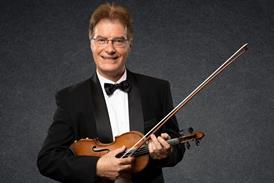
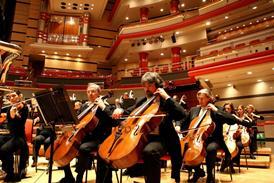
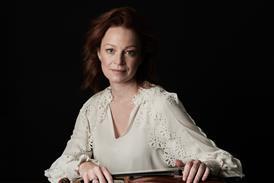
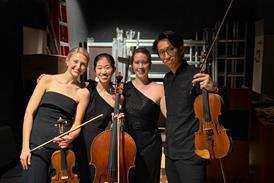

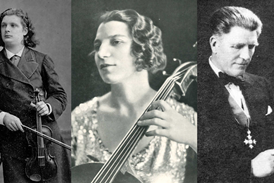



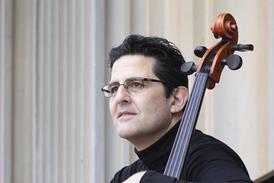
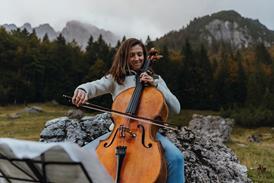

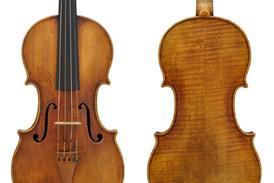
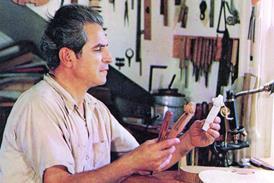
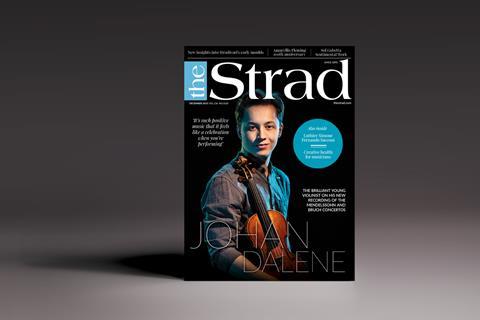
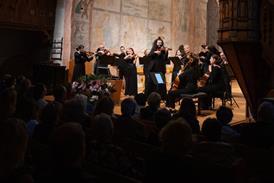

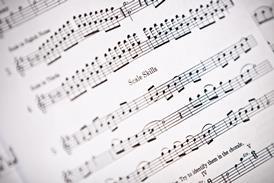
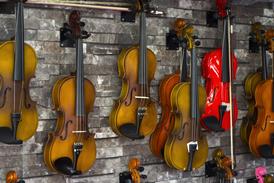

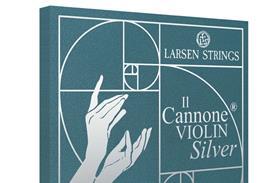

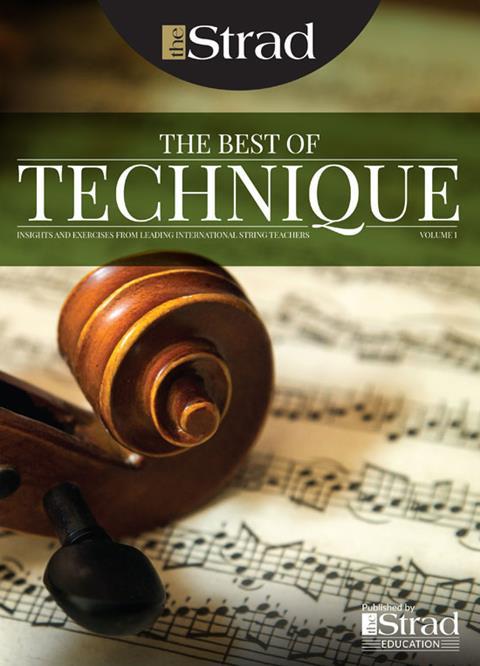
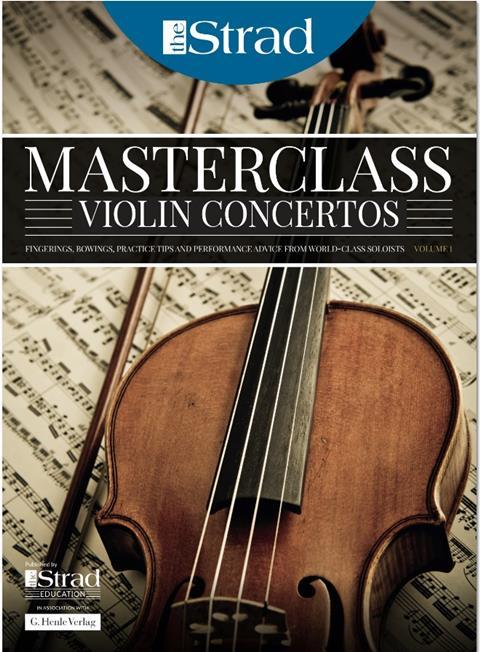
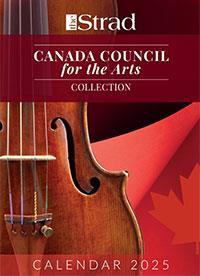
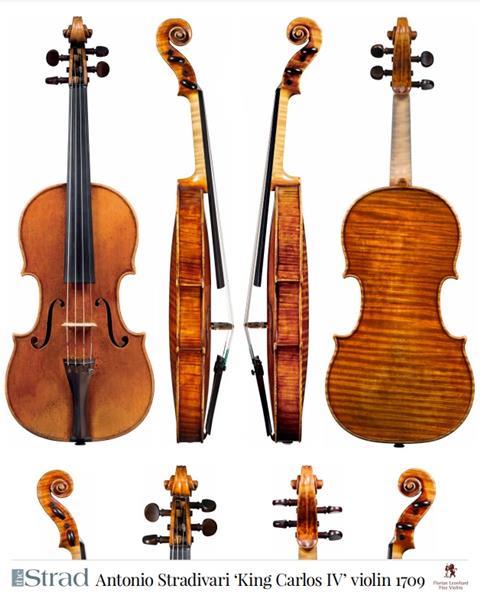
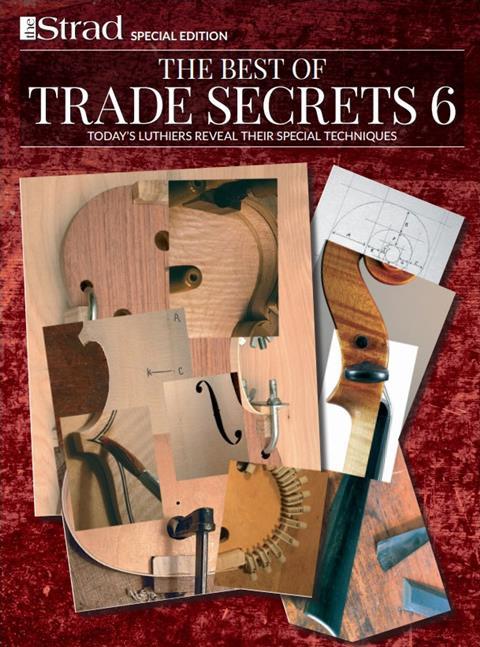
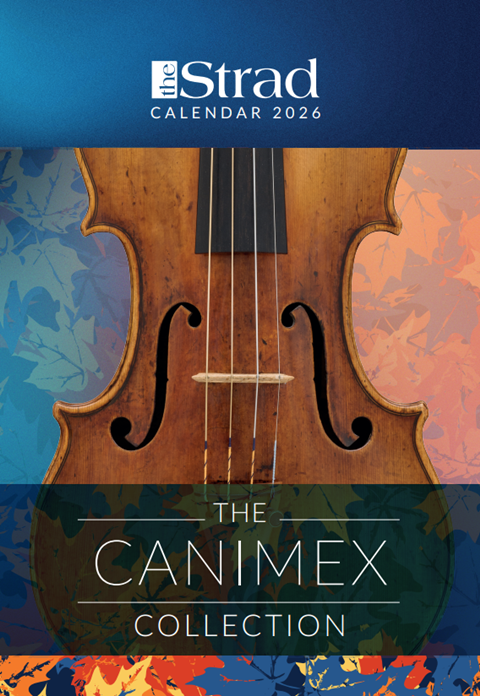
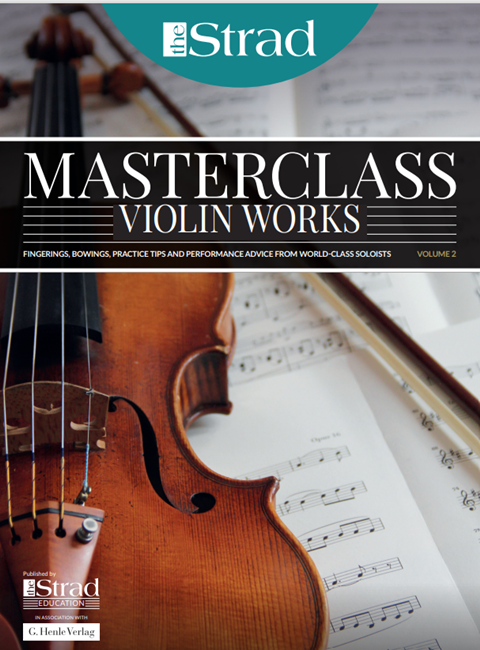
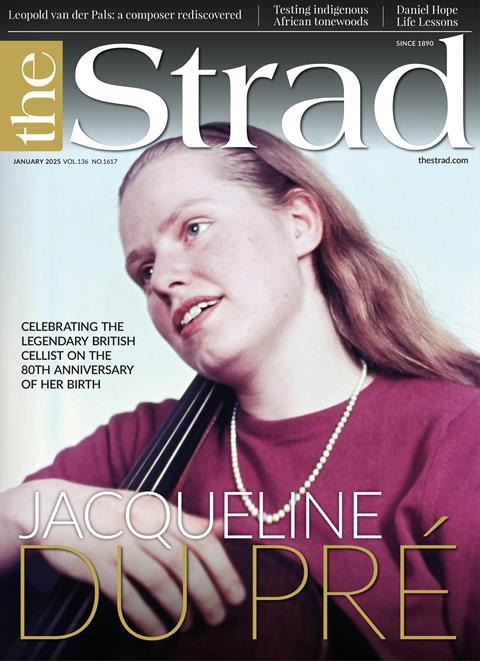
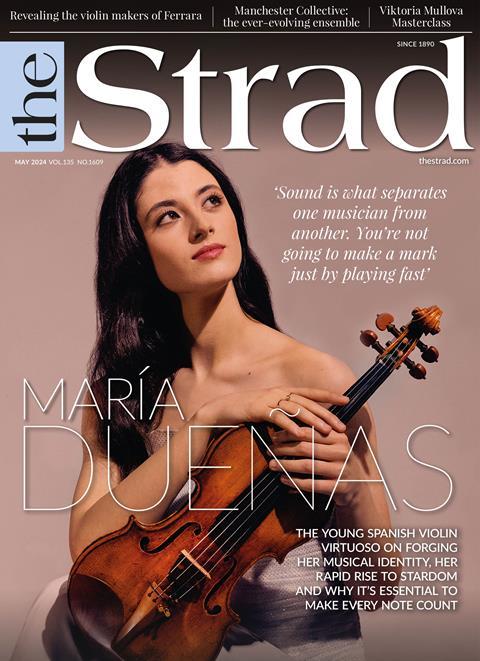
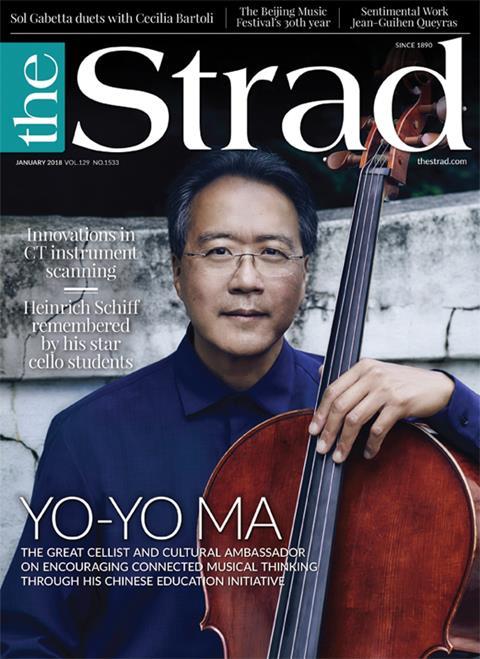












No comments yet